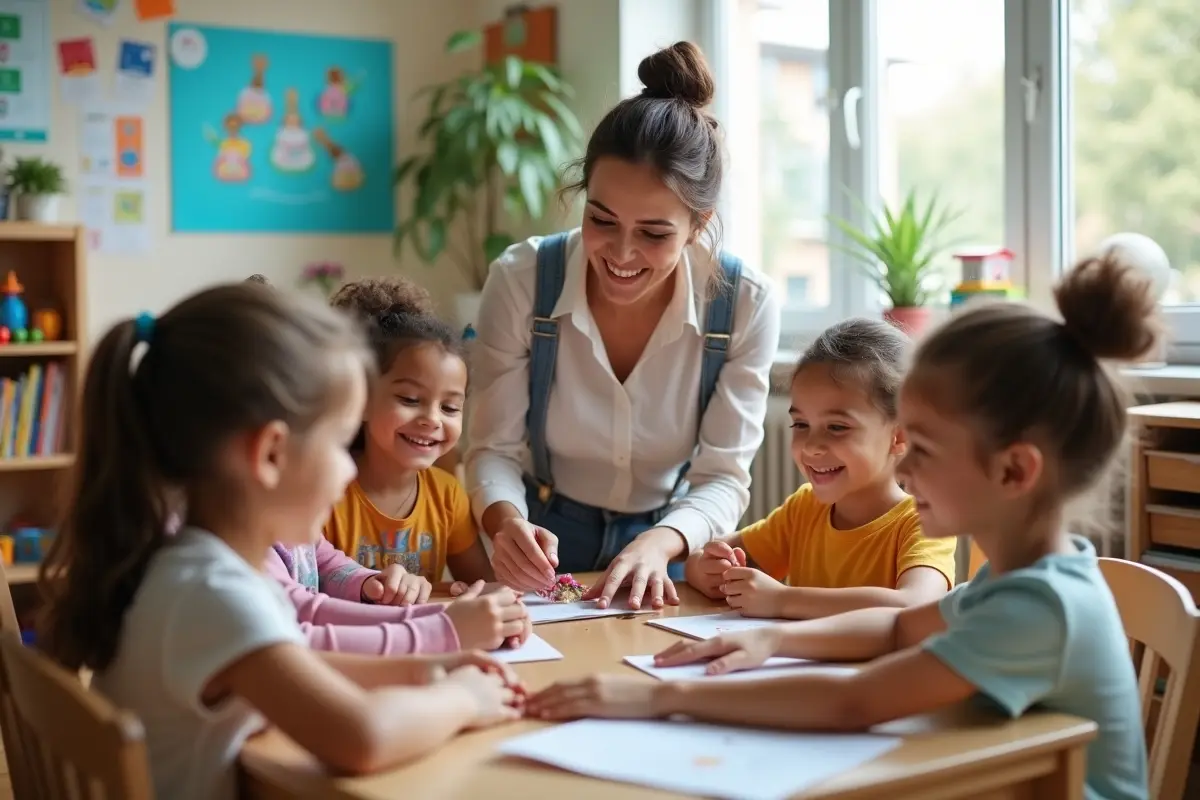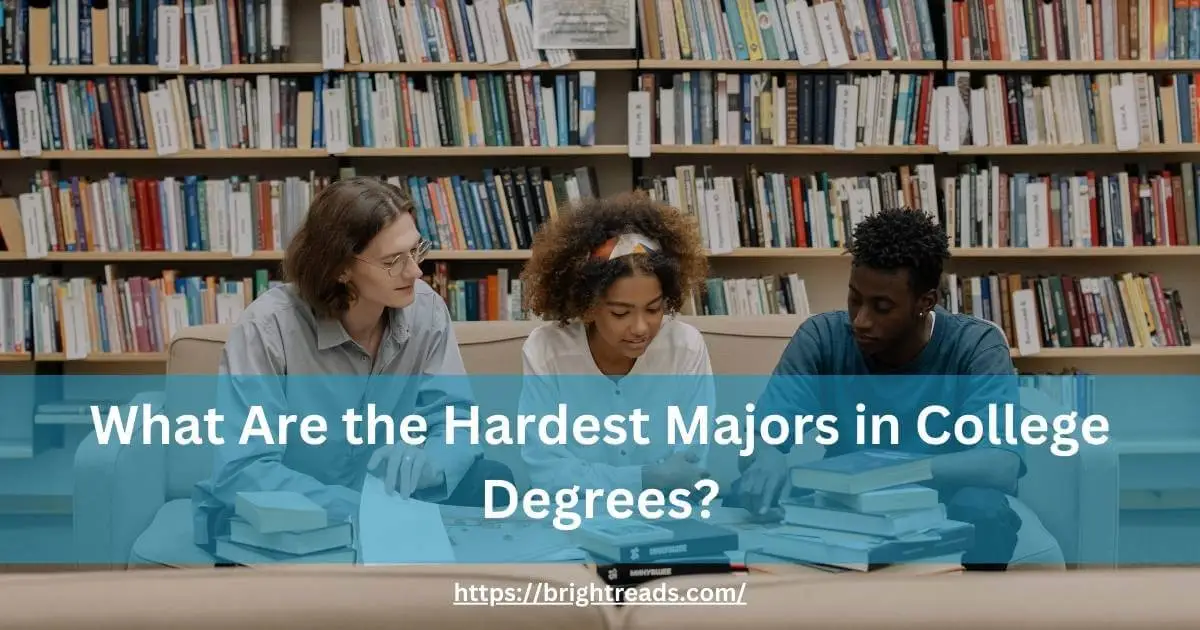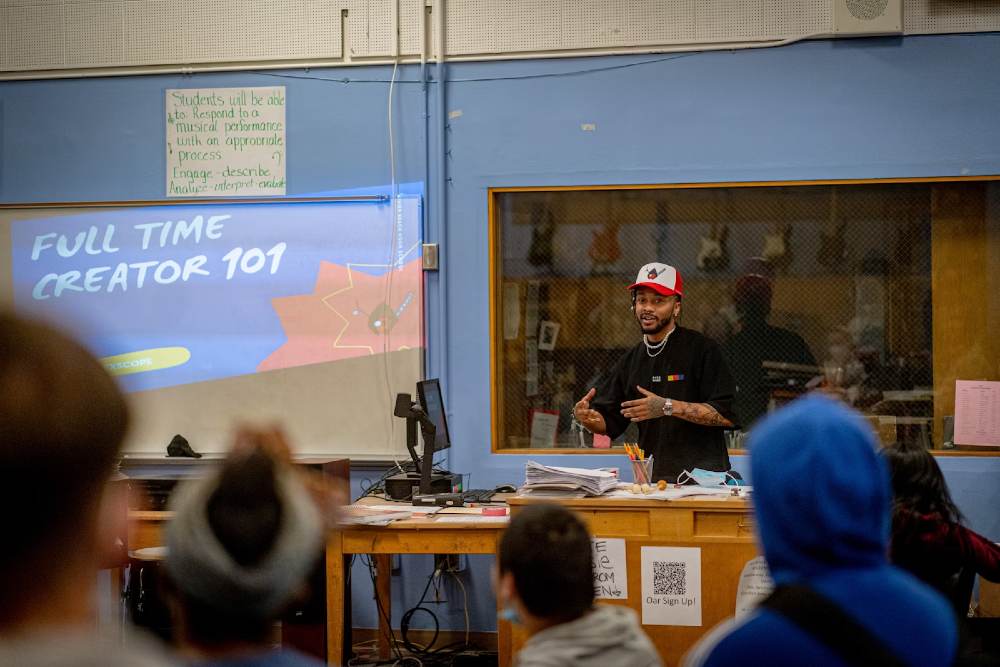Choosing the right preschool is foundational in supporting a child’s growth, happiness, and security. Parents prioritizing safety often decide between private and public programs, each with distinct advantages and challenges. From staff training to emergency drills, every preschool protocol aspect influences your child’s well-being.
Learning about these differences brings peace of mind and empowers families to make the best educational choices. Discovering options in your local area, including a Christian preschool Royal Oak, can help you evaluate which environment aligns with your expectations for care and safety.
While state regulations oversee both types of preschools, their specific safety practices can differ. Funding, administrative flexibility, and size influence how protocols are designed and enforced. Understanding the nuances between private and public institutions enables parents to advocate for what is most important for their child’s safety and development.
When weighing these options, it is helpful to understand the private school safety benefits—from more flexible training opportunities to advanced security investments—that might not be feasible in a larger, public environment.
Class Size and Student-to-Teacher Ratios
One of the most influential safety factors in early education is class size. Smaller classes often mean more attentive supervision, faster emergency response times, and a stronger sense of community. Private preschools offer lower student-to-teacher ratios, maximizing individualized care and support.
By contrast, public preschools are frequently limited by budgets and state allocations, leading to larger classes and a broader spread of teacher attention. According to the Cato Institute, robust teacher presence and smaller classes directly correlate with effective safety outcomes and emotional support.
Staff Training and Qualifications
Staff preparedness is central to safety. While public and private preschools must comply with statewide teacher qualifications and training regulations, there are notable distinctions. Private schools may introduce extra training modules focusing on advanced first aid, CPR, and tailored emergency response procedures, enhancing overall readiness.
Public schools, restricted to standardized training schedules, sometimes lack flexibility for ongoing updates outside regulatory cycles. As a result, private institutions may foster a higher level of preparedness for unique scenarios, such as medical emergencies or behavioral interventions.
Facility Security Measures
Modern preschools implement various security measures to safeguard children. Key strategies include secure entry systems with coded access or check-in badges, installation of CCTV cameras, and routine building inspections. Pay attention to camera placement during school tours—ideally, cameras should monitor all entrances, high-traffic hallways, playgrounds, and every classroom. It’s wise to ask about data retention policies and who has real-time access to the footage.
Private schools typically have more resources to invest in advanced security systems, while public schools may operate under tighter budget constraints. For more on current facility security best practices, visit the U.S. News & World Report guide.
Emergency Preparedness and Drills
Regular emergency drills are essential for ensuring staff and student readiness. Studies confirm that schools holding frequent fire and lockdown drills experience fewer incidents and improved evacuation efficiency, especially for younger children who may need added guidance on stairs or crowded hallways. Facilities housed on single floors generally report smoother evacuations than those with multiple stories.
While public preschools must adhere to state-mandated drill schedules, private preschools may incorporate additional practice or community-wide safety weeks. The Centers for Disease Control and Prevention (CDC) underscores that regular drills dramatically improve children’s and teachers’ confidence in real emergencies.
Health and Hygiene Protocols
The pandemic era renewed focus on hygiene and health standards in all preschools. Common measures now include daily health screenings, touch-free temperature checks, handwashing routines, and enhanced cleaning schedules.
Additionally, some schools—especially private ones—limit non-essential visitors or implement curbside pick-up and drop-off to reduce exposure and fortify security protocols. Maintaining high standards has become an expectation across the board, yet private preschools may have more leeway to adopt innovations quickly.
Parental Involvement and Communication
Effective, transparent communication between the school and parents is vital to community safety. Private preschools frequently utilize personalized communications, including dedicated parent portals, regular meetings, and quick-response channels.
Public preschools typically rely on broader, standardized methods, such as newsletters or emails, which may be less tailored but still ensure families stay informed. Open channels lead to greater accountability, encourage family participation in safety efforts, and keep parents updated on new protocols or any possible incident.
Conclusion
No universal answer suits every family when comparing private and public preschool safety measures. Each option upholds a strong commitment to child well-being while differing protocols, resources, and flexibility. Thoroughly research and visit programs, weigh factors such as class sizes, training rigor, physical security, and community transparency. Thoughtful choices guided by this knowledge will help ensure your child thrives in an environment where safety is as much a priority as learning.




